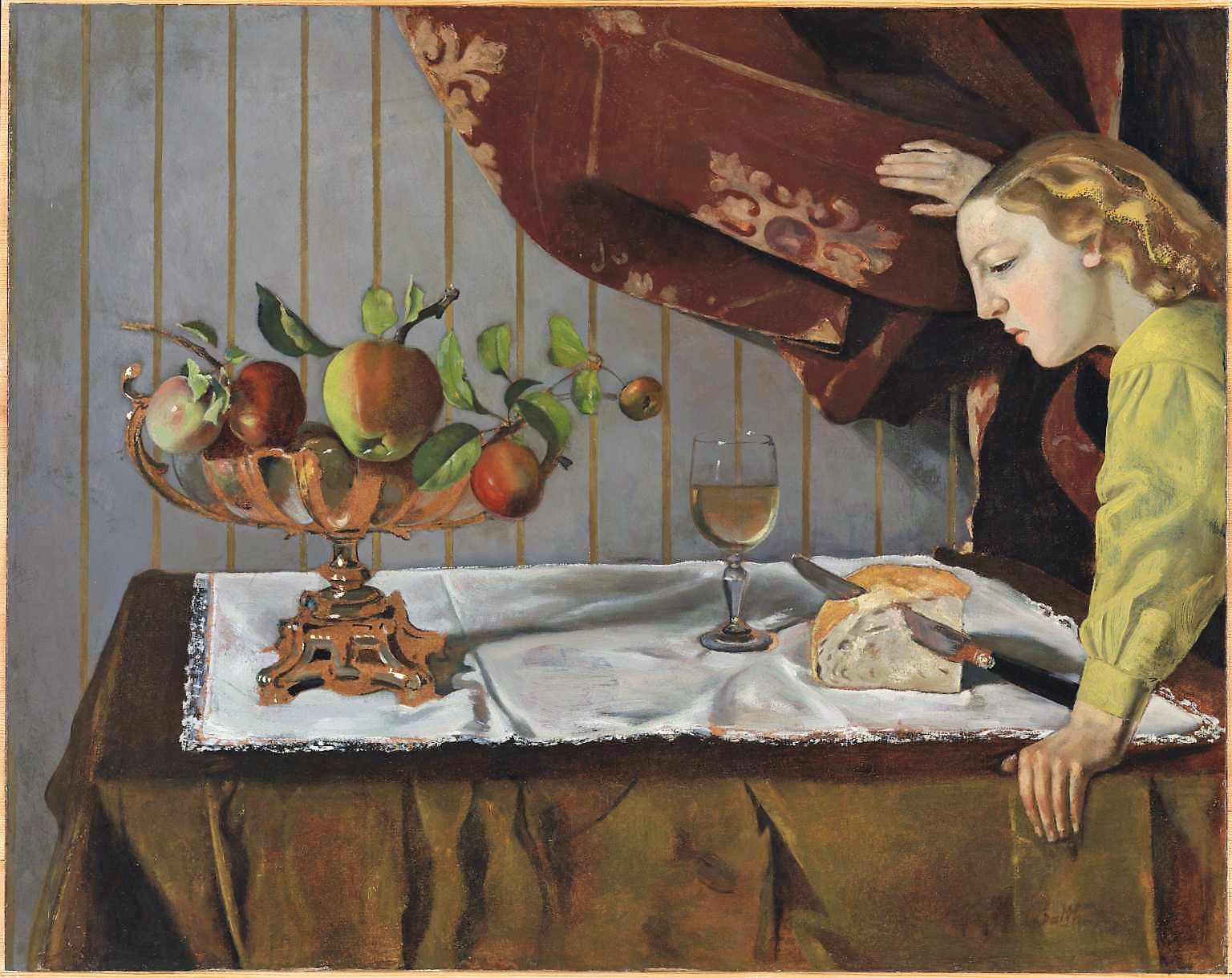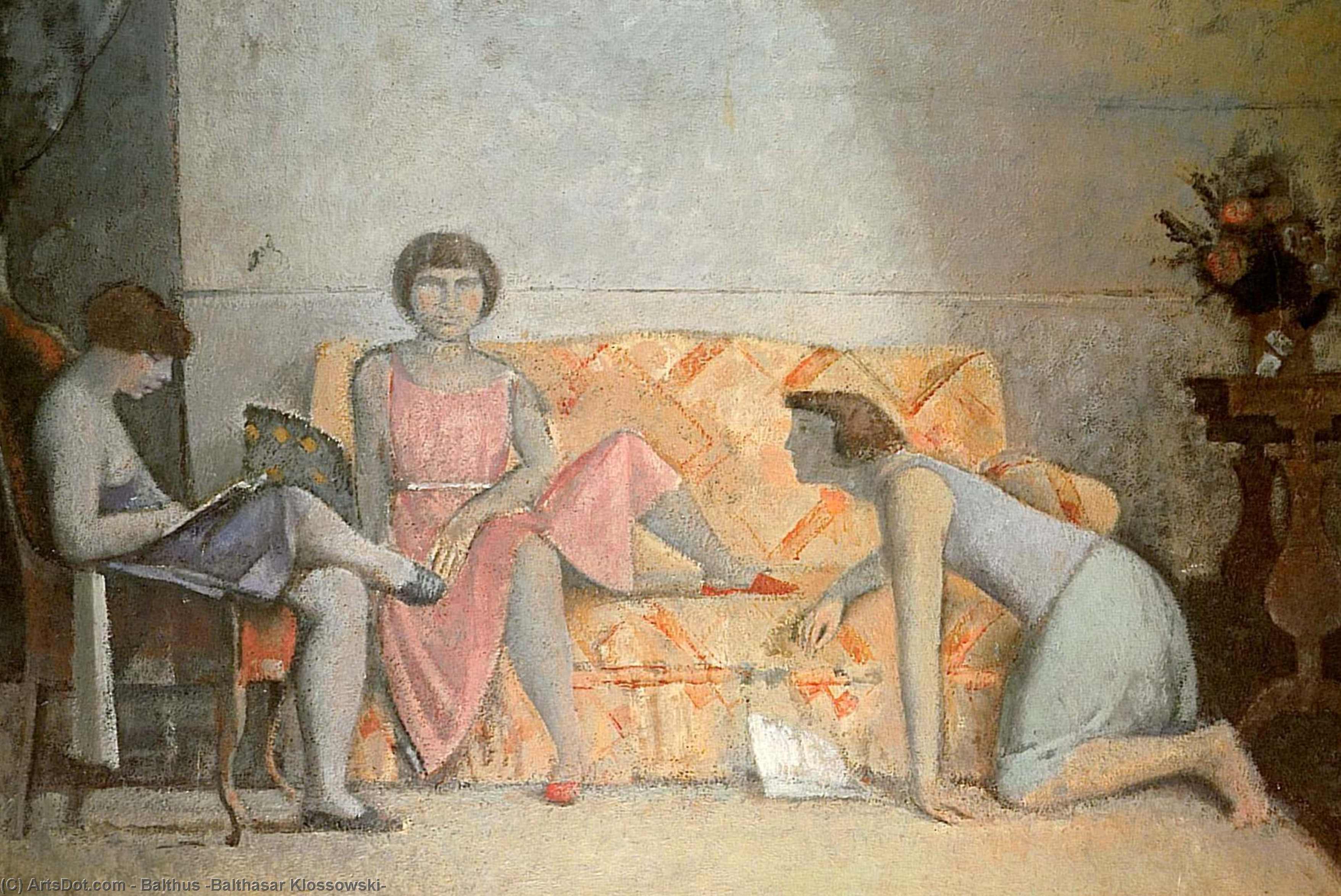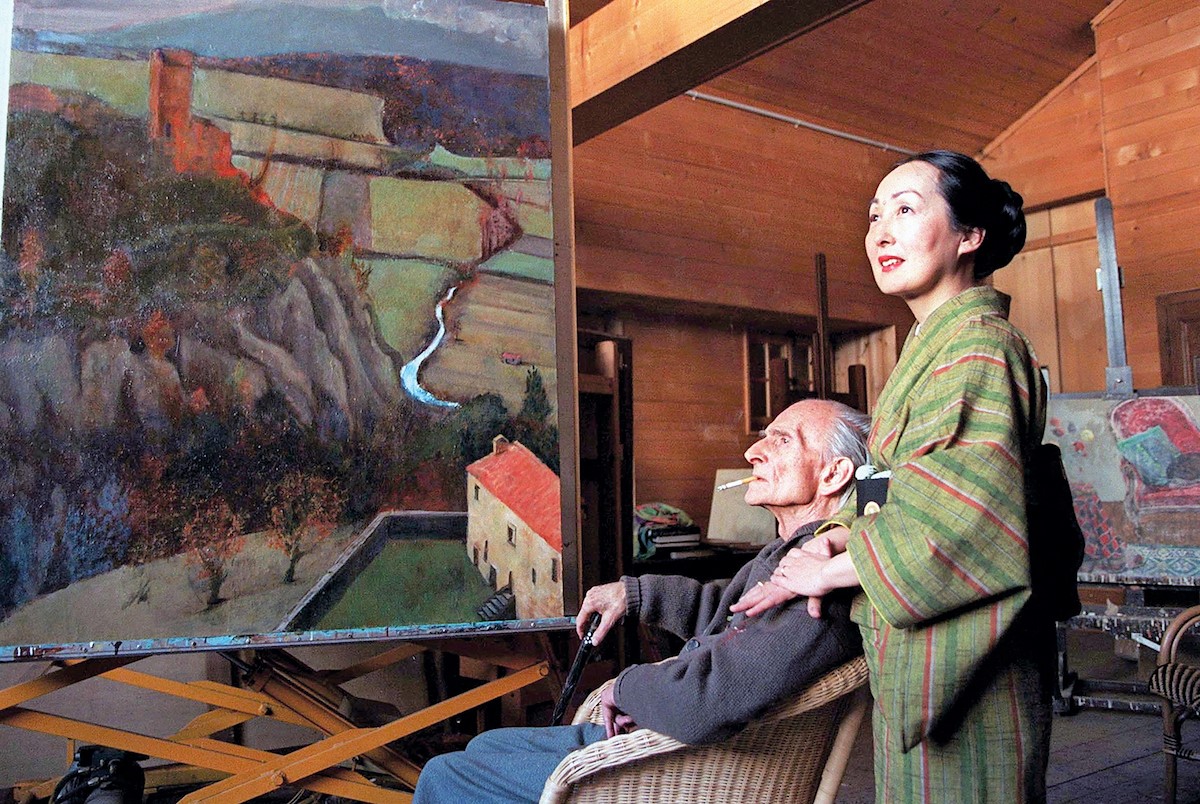


Balthasar Kłossowski de Rola was born in Paris on February 29, 1908. Of Polish descent, his father, Erich Klossowski, was a prominent art historian, and his mother, Elisabeth Dorothea Spiro, was known as Baladine Klossowska.
During the First World War he took refuge with his family in Berlin and, after his parents separated, he moved to Switzerland, where his father's place was taken by the poet Rainer Maria Rilke, who was his main mentor.
During the First World War he took refuge with his family in Berlin and, after his parents separated, he moved to Switzerland, where his father's place was taken by the poet Rainer Maria Rilke, who was his main mentor.
Balthus returned to Paris in 1924 to dedicate himself to painting. Pierre Bonnard guided him at the beginning of his career, which influenced his early works to be Impressionist.
In 1961 he went to Rome to preside over the Académie de France, at the Villa Medici. In the Eternal City he met and formed a close friendship with Federico Fellini and the painter Renato Guttuso.
In Italy, his painting revived the human figure, employing a technique reminiscent of Renaissance frescoes. After leaving his post at the Académie de Rome in 1978, he lived between Italy and Switzerland.
Soon his work began to be admired by writers and followed by painters, especially André Breton and Pablo Picasso. His circle of friends in Paris included the novelist Pierre-Jean Jouve, the photographers Josef Breitenbach and Man Ray, Antonin Artaud, and the painters André Derain, Joan Miró, and Alberto Giacometti. In 1948, Albert Camus, another of his friends, asked him to design the sets and costumes for his play L'État de siège, directed by Jean-Louis Barrault.
He was the only painter whose works were hung in the Louvre Museum during his lifetime, coming from Pablo Picasso's private collection.



0 comments